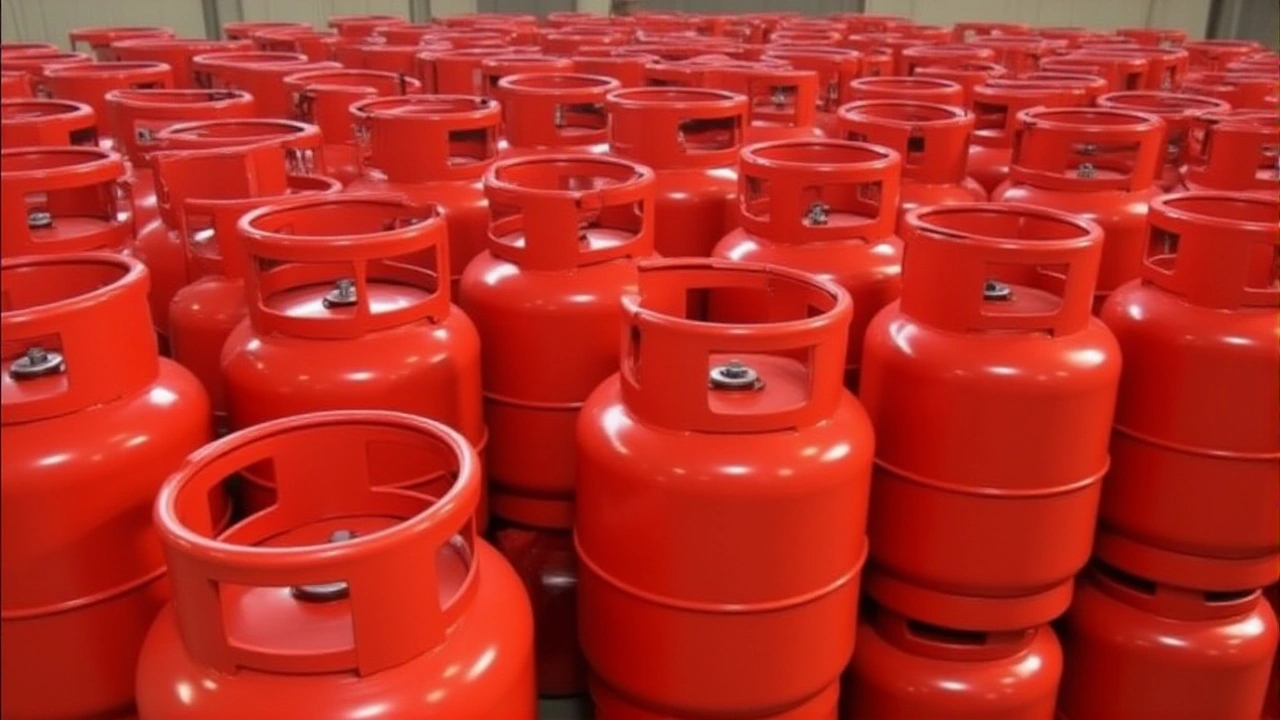
When the National Bureau of Statistics released its latest LPG Price Watch Report, most Nigerians were left staring at numbers that looked more like speculative stock‑market quotes than everyday household costs. The data, published on September 2, 2025, showed that the average price to refill a 12.5 kg cylinder jumped to N20,609.48 in July – a 44.51% year‑on‑year surge that has turned cooking into a luxury for many families.
Regional Disparities: Who Pays the Most?
Among the ten states topping the price chart in April 2025, Enugu landed at number ten with an average of N20,990.52 for a 12 kg cylinder. But the real shockers were the three states at the very top: Adamawa, Rivers and Taraba. In these regions, households were shelling out upwards of N22,000 per cylinder, well above the national average of N21,010.56 recorded in June.
Contrast that with the low‑end of the spectrum – Yobe and Nasarawa – where prices hovered around N15,300, offering a brief reprieve for residents in the far‑north.
Why Prices Are So Volatile
The price roller‑coaster isn’t just a statistical curiosity; it reflects deeper supply‑chain cracks. After a modest 9.37% dip in July 2024 – when the price fell from N15,736.27 to N14,261.57 – the market rebounded dramatically. Experts point to three main drivers: soaring global crude prices, dwindling domestic refinery output, and logistical bottlenecks at key transit hubs.
In addition, the October 2025 shortage saga added fuel to the fire. Starting Thursday, October 3, Lagos – the country’s commercial heartbeat – saw retail outlets scrambling. One week, a 12.5 kg cylinder cost N12,500; the next, it had doubled to N25,000, a 100% weekly surge that left consumers bewildered.
Spotlight on Lagos: The Acute Scarcity
Within Lagos, the FESTAC Town/Amuwo Odofin area became a case study in supply panic. By Saturday, October 6, only the NIPCO Gas station had any cylinders left, drawing long queues that stretched down the block. Competitors like Mobil, Forte Oil and independent roadside marketers were shut, either due to stock exhaustion or price‑control fears.
The ripple effect was felt in neighboring districts – Ikeja, Mushin, Agege – where residents resorted to makeshift charcoal stoves or, in some cases, reverted to firewood, a step backward for both health and the environment.
Impact on Households and the Wider Economy
For a typical Nigerian family, the difference between a N14,000 refill and a N22,000 refill can mean the loss of an entire week’s worth of groceries. A recent household survey in Abuja indicated that 38% of respondents had cut back on essential items, such as maize flour and cooking oil, to afford the higher cooking gas bills.
Beyond the kitchen, the surge ripples through small‑scale businesses that rely on LPG for processing – think fish smokers in Port Harcourt or tailors using electric irons that run off generators powered by gas. Their margins are shrinking, prompting a wave of informal price‑hiking that further strains consumers.
Government Response and Expert Opinions
Minister of Power, Prof. Saleh Mamman, announced on October 7 that the federal government would convene an emergency task force to stabilize supply. The proposed measures include temporary subsidies, fast‑track approvals for new LPG import licences, and a crackdown on hoarding.
Energy analyst Chinedu Okonkwo warned that short‑term fixes might not curb the underlying volatility. “Unless we diversify our energy mix and invest in domestic gas processing, we’ll keep seeing these price spikes every time global oil markets wobble,” he said.
What the Future Holds
Looking ahead, the NBS projects that if current trends continue, the average July 2026 price could breach the N25,000 mark. However, there’s a silver lining: the burgeoning LPG distribution network in the southern states, coupled with upcoming pipeline projects slated for late 2025, could ease pressure by mid‑2026.
For now, households are left juggling between paying more for a basic necessity and seeking alternative, often less safe, energy sources. The coming months will reveal whether policy interventions can turn the tide or if Nigerians must adapt to a new, more expensive cooking reality.
Key Takeaways
- April 2025: Enugu ranks 10th with N20,990.52 per 12 kg cylinder.
- July 2025: Nationwide average hits N20,609.48 – a 44.51% YoY jump.
- October 2025: Lagos sees a 100% weekly price surge to N25,000.
- Adamawa, Rivers, Taraba are the most expensive states.
- Government pledges emergency task force, but experts urge structural reforms.
Frequently Asked Questions
How does the LPG price surge affect low‑income families?
Low‑income households often allocate a larger share of their budget to energy. The jump from roughly N14,000 to over N22,000 per cylinder forces many families to cut back on food, education or healthcare expenses. A Nairobi‑based NGO estimate suggests that in Lagos alone, 42% of families reduced monthly grocery spending by at least 15% to keep up with LPG costs.
What triggered the acute LPG shortage in Lagos in October 2025?
A confluence of delayed imports, a sudden customs bottleneck, and rumors of hoarding spooked distributors. When a major shipment from Saudi Arabia was held up at Apapa port due to paperwork issues, retailers scrambled to sell existing stock, leading to empty shelves and panic‑driven price hikes.
Which states enjoy the lowest LPG prices and why?
Yobe and Nasarawa consistently reported the cheapest refills, averaging around N15,300. Their lower prices stem from proximity to regional gas pipelines and fewer logistical hurdles, allowing distributors to move product more efficiently than in the congested south‑east and south‑south zones.
What measures is the federal government considering to stabilise LPG prices?
The cabinet is set to roll out a temporary subsidy covering 15% of the retail price, accelerate licensing for new importers, and launch a monitoring unit to detect hoarding. Long‑term plans include expanding the domestic gas processing capacity at the Warri and Port Harcourt refineries.
How do Nigeria’s LPG price trends compare with neighboring West African countries?
Unlike Ghana and Côte d’Ivoire, which benefited from recent domestic gas field developments, Nigeria’s reliance on imported LPG has made it more vulnerable to global price swings. While Ghana’s average cylinder price hovered around €3.20 in July 2025, Nigeria’s figure exceeded N20,000 (≈ €4.80), highlighting a sharper upward trajectory.

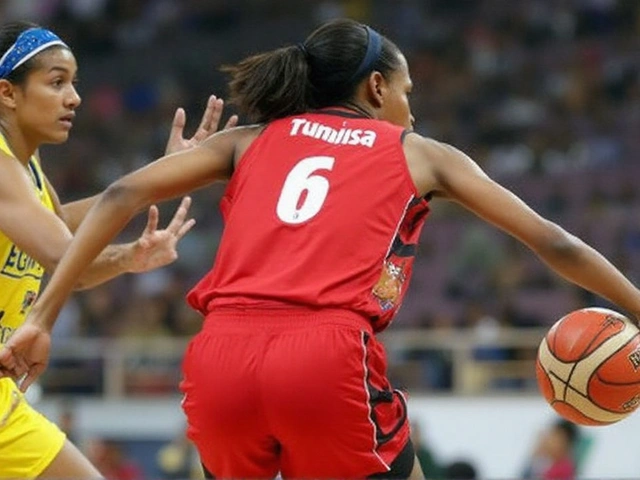
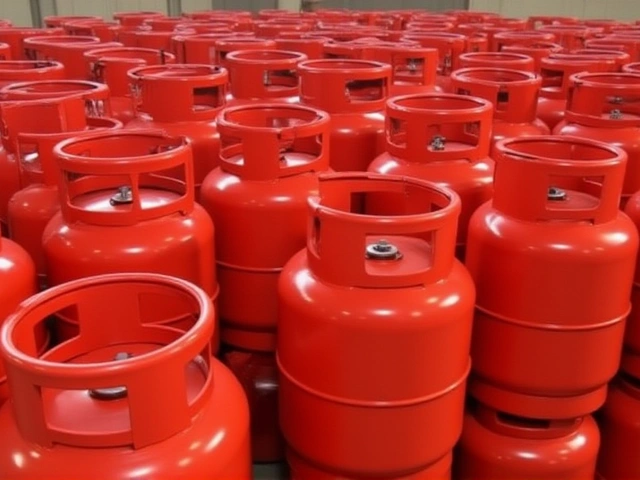
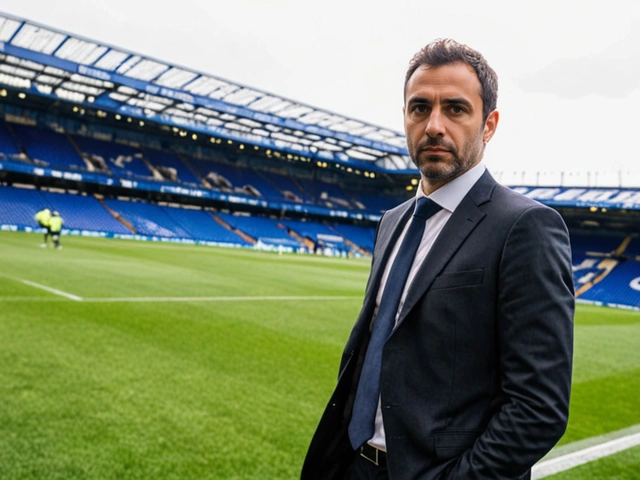



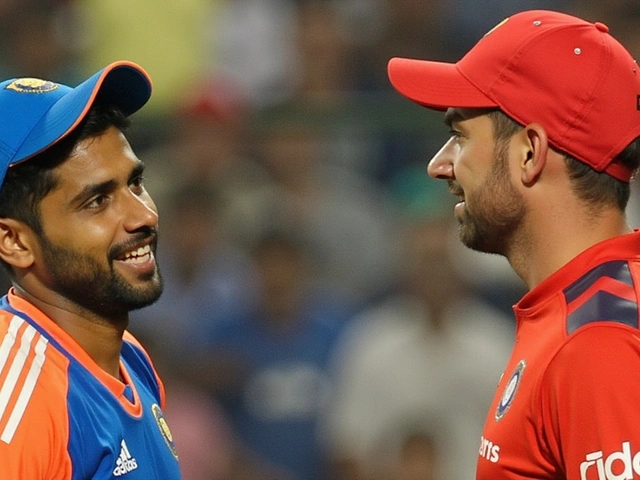
It is not merely an economic anomaly; it is a moral indictment of a system that permits the basic act of cooking to become a luxury. The data reveal a reckless disregard for the most vulnerable, turning households into statistical casualties. One could argue that price volatility is inevitable, yet the government's inertia betrays a deeper ethical bankruptcy. When policymakers shuffle paperwork while families queue for a handful of cylinders, they betray a fundamental breach of social contract. Ultimately, the crisis forces us to confront the uncomfortable truth that prosperity is a privilege, not a right.
While I acknowledge the concerns raised, it is essential to consider that policy interventions require procedural rigor. Consequently, a measured approach may yield sustainable outcomes.
Honestly, the whole thing feels like a bad joke, prices just keep climbing.
Indeed, the numbers are staggering, and it is clear that many families are bearing an undue burden; we must empathize, we must act, we must demand accountability.
Hey folks, I’ve seen similar spikes in other regions, and community sharing can help-maybe organize a bulk purchase group? 😊
Prices? Overhyped.
The recent LPG price surge is more than a mere market fluctuation; it is a symptom of systemic inefficiencies that have been festering for years. First, the reliance on imported liquefied petroleum gas creates a vulnerability to global crude price swings that domestic policymakers have largely ignored. Second, the underinvestment in local refining capacity means that even when crude is cheap, the nation cannot process enough to meet domestic demand. Third, logistical bottlenecks at key transit hubs, such as the chronic congestion at Apapa port, exacerbate supply shortages and inflate retail prices. Fourth, the regulatory environment often delays the issuance of import licences, leaving distributors scrambling for scarce inventory. Fifth, the lack of transparent pricing mechanisms allows middlemen to exploit scarcity, driving up costs for end‑consumers. Sixth, the government’s intermittent subsidies, while well‑intentioned, tend to be short‑lived and poorly targeted, creating market distortions. Seventh, the absence of a strategic national gas storage reserve means that any supply shock translates directly into price spikes. Moreover, the recent October incident in Lagos highlighted how a single shipment delay can cripple the entire supply chain. Families in the south‑south, who traditionally rely on LPG for fish smoking, now face the prospect of reduced profit margins. In the north‑east, households are reverting to firewood, which raises concerns about indoor air quality and deforestation. The health implications of this regression are profound, particularly for women and children who spend most of their time near the cooking hearth. Economically, the extra N8,000 per cylinder translates into reduced spending on nutrition, education, and healthcare. Socially, the pressure intensifies urban‑rural migration as people seek cheaper fuel alternatives in larger cities. In summary, without a coordinated long‑term strategy that addresses production, distribution, and pricing transparency, these cycles of volatility will persist.
What a predictable outcome-government half‑measures always fail, and the public pays the price 😒. The so‑called “task force” is just a PR stunt, not a real solution.
Sure, blame the global market, but maybe the real culprit is the hidden cabal of tanker owners who love watching us scramble for gas. Friendly reminder: keep an eye on the “subsidy” money, it never reaches the poor.
In the grand tapestry of energy economics, this LPG debacle represents a paradigmatic shift toward hyper‑inflationary pressure points. The macro‑variables are misaligned, creating a feedback loop that destabilizes micro‑household budgeting.
i dont think its that big of a deal the market will self correct eventually just dont panic
Look, I get the frustration, but attacking the Ministry won't fix the pipeline delays. We need to push for concrete deadlines and hold officials accountable, not just vent.
its crazy how the prices keep climbing, definatly need a better system.
Honestly, this whole price rollercoaster feels like a stage performance with us as the unwitting audience.
When we let profit motives dictate essential services, we betray the very essence of communal responsibility. Society must prioritize human dignity over market gains, and the current crisis is a glaring testament to our collective failure.
Enough with the polite discourse; the truth is that systemic corruption fuels these spikes, and without a radical overhaul we’ll stay trapped in this endless cycle of scarcity.